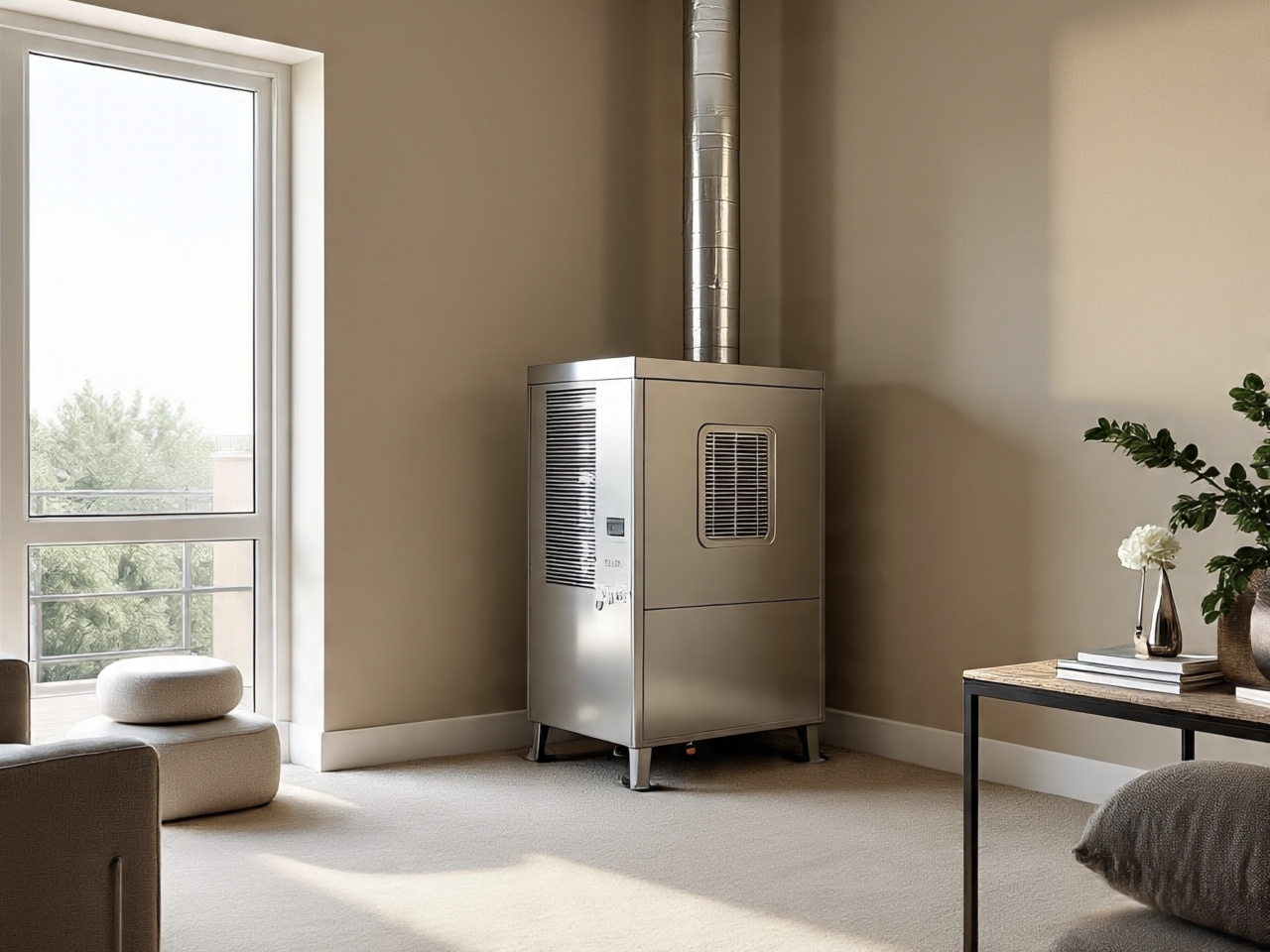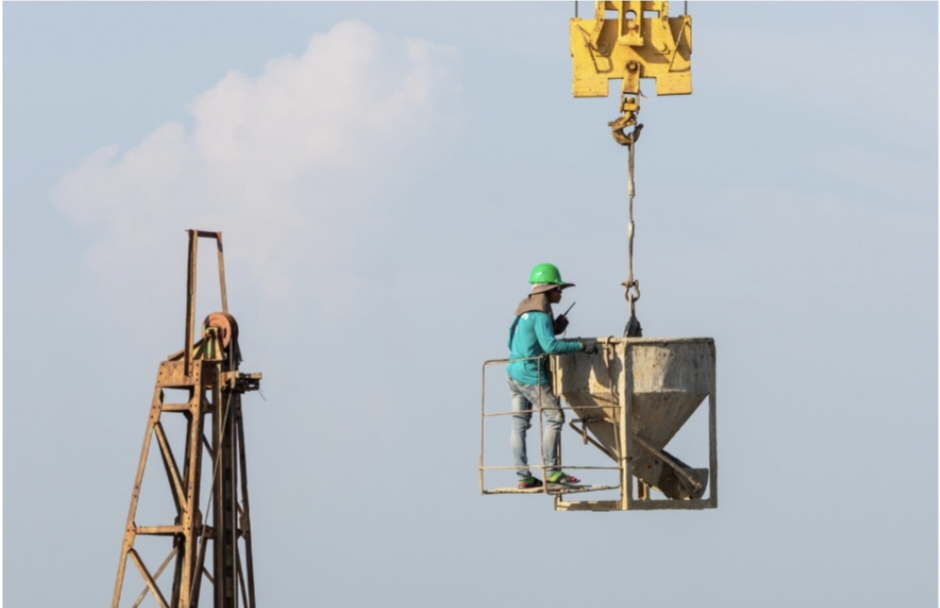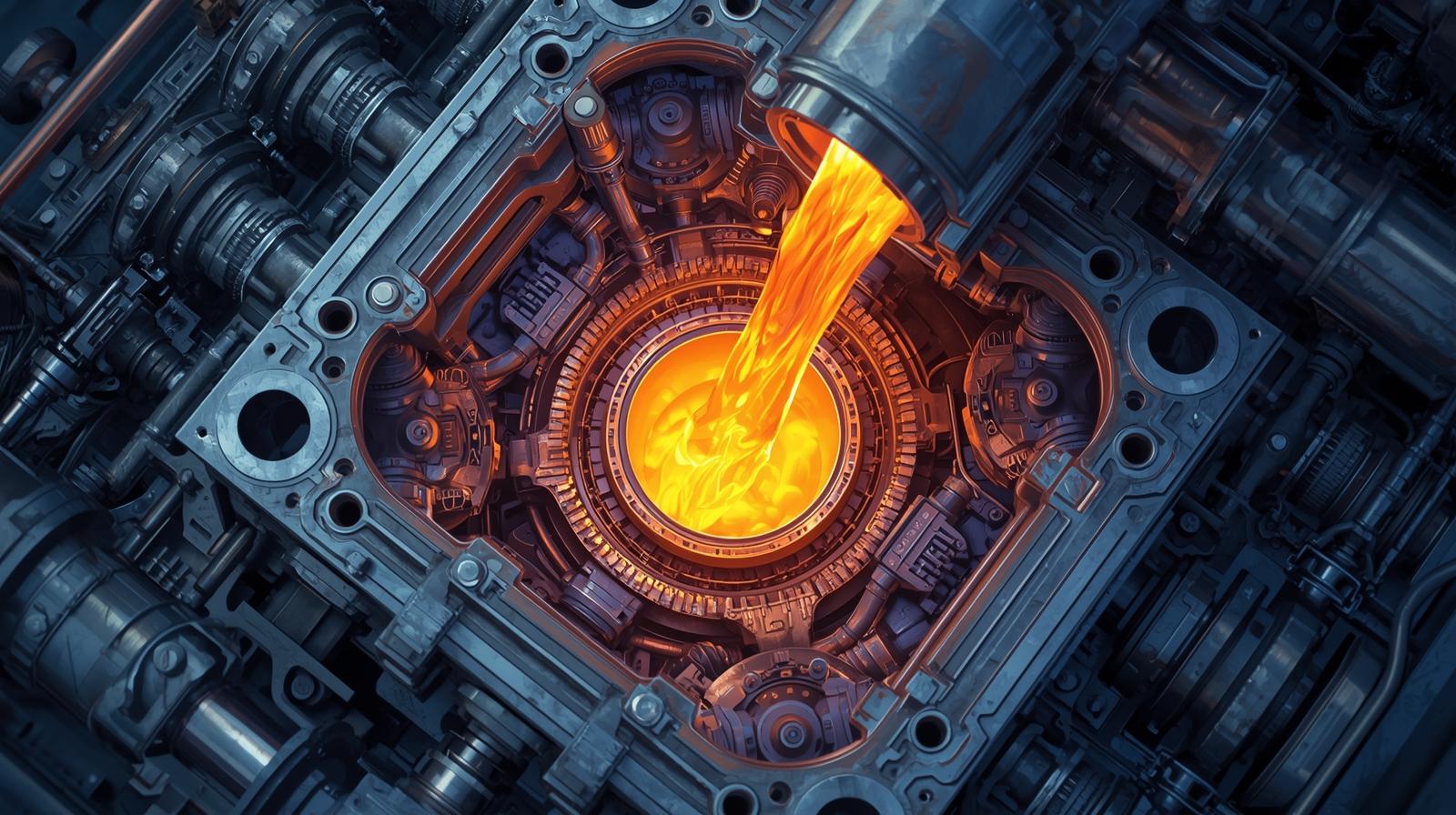Asking questions or scheduling a consultation before installing your heating system can provide valuable insight into various aspects of the service. You can determine the right system, optimize the installation schedule, and learn about maintenance requirements. Heating contractors offer free consultations that include load calculations and address any of your concerns about heating installation. Here are a few FAQs about heating system installation:
How Long Does It Take?
Installing a residential heating system typically takes one day for smaller units, but larger systems and projects involving layout adjustments may take longer. The technician removes the old unit, evaluates the connections, and prepares the space for the installation. New equipment is then set and connected. Post-installation tests help confirm whether everything is working as intended. Heating installation also involves reviewing the venting and thermostat settings. Some projects require repairing the ductwork. Installation timelines vary depending on the project’s scope, weather conditions, and contractor capacity. Ask the contractor how long it will take them to schedule and complete the installation.
Which System Should I Choose?
Professional HVAC technicians assist with sizing and selecting heating systems, and they base their recommendations on the calculated heating load of your home. They assess square footage, insulation levels, window placement, and airflow patterns; all of these factors influence the amount of heat needed to maintain comfort. Correct sizing prevents the installation of a system that is too small, which struggles to maintain steady temperatures, or too large, which cycles on and off more frequently and wears out faster.
Technicians also evaluate room layouts and structural features, such as ceiling height, because these elements affect heat distribution. Open floor plans move air differently than closed layouts, so airflow patterns are reviewed carefully. Duct size and length are also evaluated, influencing how efficiently air reaches different areas. By combining measurements, assessments, and historical heating performance data, technicians can determine the optimal system size to maximize comfort and efficiency.
How Do I Prepare for Installation?
Adequate preparation supports a smooth installation by creating space for free movement and reducing the risk of accidents. The area around the installation location should be clear of obstructions. Stored items and furniture may need to be moved, and Hallways and doorways should provide open paths from the entry to the equipment areas. Technicians may lay down floor coverings to protect surfaces from dirt or damage, and they often arrive early on installation day to handle site preparations.
New lighting fixtures can be added near the work area to improve accuracy during setup, while the space is cleaned and covered beforehand. Having someone present on the day of installation allows questions to be answered quickly, and reviewing thermostat placement early can help plan adjustments efficiently. Contractors can provide guidance on other necessary preparations that support timely installation and reduce potential delays.
What are the Maintenance Requirements?
Heating systems have unique maintenance requirements that depend on the model and its features. Some units require changing or cleaning filters to improve airflow and reduce strain on internal parts. Annual inspections help track wear and performance shifts, allowing technicians to schedule timely repairs before major issues develop. Listen for unusual sounds and watch for uneven heating or changes in cycling. Schedule a professional evaluation if you have suspicions about a potential issue. You can obtain a maintenance checklist and a comprehensive overview of how your system operates. These insights help you distinguish between regular and problematic operation. Focus on:
- Filter change frequency
- Scheduled servicing
- Duct and vent cleaning
- Signs of a problem
Learn More About Heating Installation
Heating systems, including furnaces, boilers, heat pumps, and water heaters, require professional installation to operate safely and efficiently. During a consultation, you can review your needs, explore different system options, and ask questions about performance and energy use. Technicians can provide guidance on which system best suits your home’s size, layout, and climate. Schedule a consultation with a licensed HVAC contractor today to learn more about professional heating installation.





